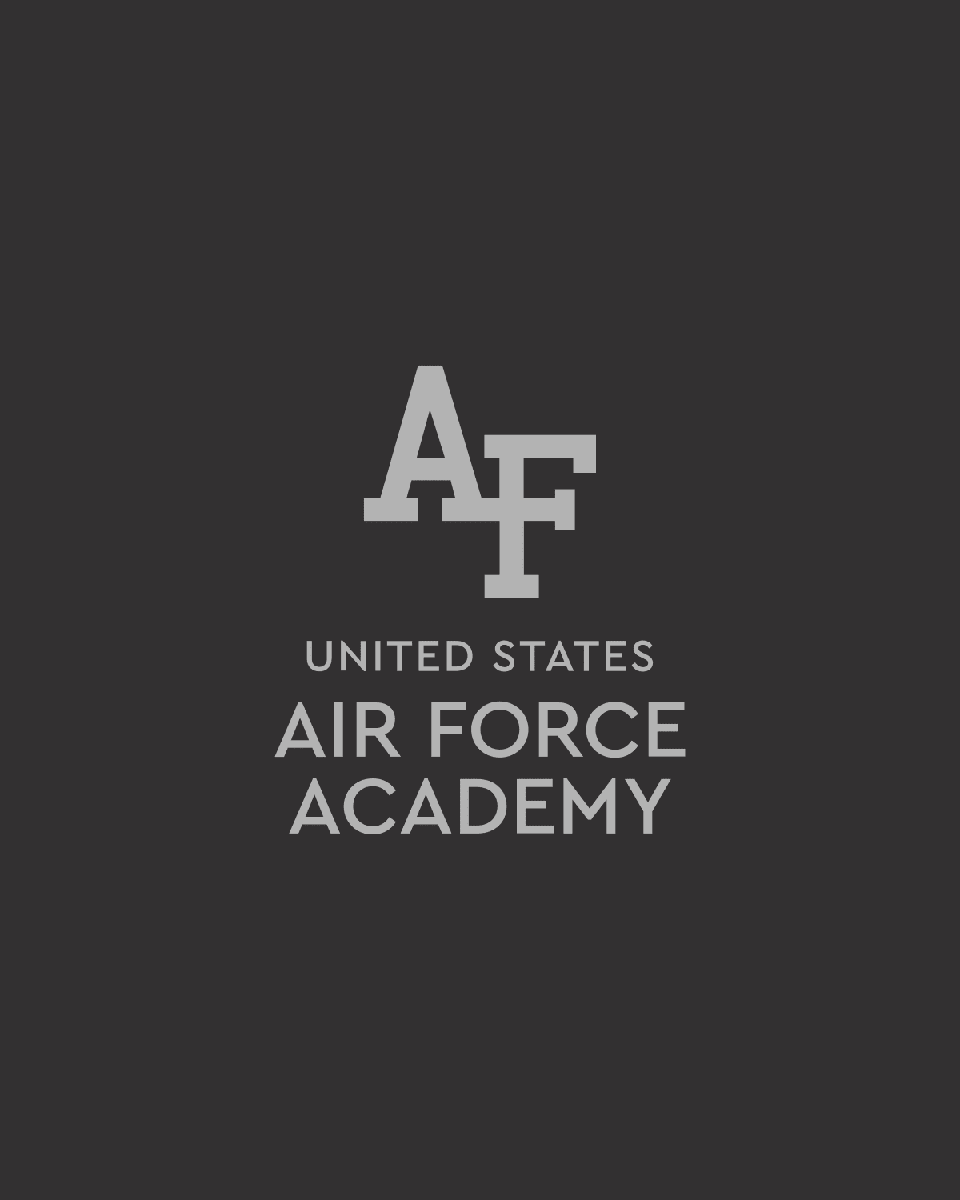Bio
Maj Peter Heidlauf is an Instructor of Aeronautics, U.S. Air Force Academy, Colorado Springs, Colorado. Maj Heidlauf commissioned through Air Force ROTC from the Rose-Hulman Institute of Technology in 2015. Prior to his current assignment, he served as Portfolio Engineering Lead for KRADOS and “Portfolio X”, AFLCMC/HBB “Kessel Run”, Boston, Massachusetts
Education
Bachelor of Science, Mechanical Engineering, Rose-Hulman Institute of Technology (2015)
Master of Science, Aeronautical Engineering, Air Force Institute of Technology (2017)
Professional Experience
Autonomous Control Aeronautical Engineer, Autonomous Controls Branch, Air Force Research Lab, Wright-Patterson AFB, Ohio (June 2016-June 2020)
Senior Software Engineer, KRADOS, Kessel Run, Air Force Life Cycle Management Center, Boston, Mass. (July 2020-June 2022)
Portfolio Engineering Lead, Kessel Run, Air Force Life Cycle Management Center, Boston, Mass. (June 2022-June 2023)
Honors & Awards
Meritorious Service Medal
Air and Space Commendation Medal with one oak leaf cluster
Research and Scholarly Interests
Autonomy, Robotics, and Unmanned Systems
Optimization and Controls
DevOps and Agile Software Development
Publications
Heidlauf, Peter, et al. “Verification Challenges in F-16 Ground Collision Avoidance and Other Automated Maneuvers.” ARCH@ ADHS. 2018.
Cooper, Matthew, Peter Heidlauf, and Timothy Sands. “Controlling chaos—Forced van der pol equation.” Mathematics 5.4 (2017): 70.
Baker, Kyle, et al. “Autonomous trajectory generation for deterministic artificial intelligence.” Electrical and Electronic Engineering 8.3 (2018): 59-68.
Heidlauf, Peter, and Matthew Cooper. “Nonlinear Lyapunov control improved by an extended least squares adaptive feed forward controller and enhanced Luenberger observer.” Proceedings of the International Conference and Exhibition on Mechanical & Aerospace Engineering, Las Vegas, NV, USA. 2017.
Heidlauf, Peter T., and AIR FORCE INSTITUTE OF TECHNOLOGY WRIGHT-PATTERSON AFB OH WRIGHT-PATTERSON AFB United States. Optimal UAV Path Planning with Dynamic No-Fly-Zones for Target Geolocation Using Line-of-Bearing Measurements and Kalman Filtering. Diss. Thesis, Air Force Institute of Technology, 2017.
